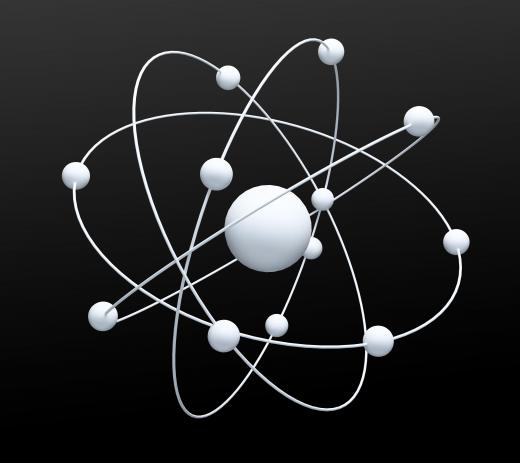A fast breeder reactor is a type of nuclear reactor that uses nuclear fission to create plutonium 239 atoms as a by-product of the splitting of uranium 235 atoms. This process creates more fuel in the form of plutonium 239 than it uses. This ability to create, or "breed," additional fuel accounts for the name given to these types of reactors. A fast breeder reactor can create up to 30% more fuel than it consumes.
Nuclear reactors produce energy by splitting the atoms of fissile fuels, usually uranium 235. This also produces free neutrons, particles from the nucleus of atoms, which then strike other uranium atoms, splitting them and furthering the fission reaction. In standard nuclear reactors, most of these neutrons are kept at a low energy level by an advanced cooling system that normally uses water as a medium. This is done to keep the neutrons at an energy level suitable for sustaining the fission reaction.

In a fast breeder reactor, the cooling system is deliberately less efficient and is usually filled with liquid sodium. This keeps the neutrons that are produced by the fission reaction at a higher energy level. These "fast" neutrons provide the other part of the common name of a fast breeder reactor. High-energy neutrons are less suited for splitting other uranium 235 atoms but do serve another purpose.

Instead of splitting uranium 235 atoms, the "fast" neutrons are absorbed by uranium 238 atoms, which makes up most of the mass of nuclear reactor fuel in a fast breeder reactor. Uranium 238 is not suitable for fission, but after absorbing another neutron, uranium 238 is converted to plutonium 239. Plutonium 239 is very suitable as a nuclear fuel and can be used for making nuclear weapons. Some plutonium 239 atoms decay into another isotope of uranium, uranium 239 which is also used as a fuel in nuclear reactors.

Plutonium is often used for nuclear weapons. For this reason, many fast breeder reactors that once were operational have been shut down. Other problems with these types of reactors have contributed to their decline in popularity amongst nations with nuclear power programs. The plutonium 239 must be extracted from the other components of nuclear fuel and this is a complex and expensive process. It also can be extremely dangerous and creates toxic radioactive waste as a by-product.
